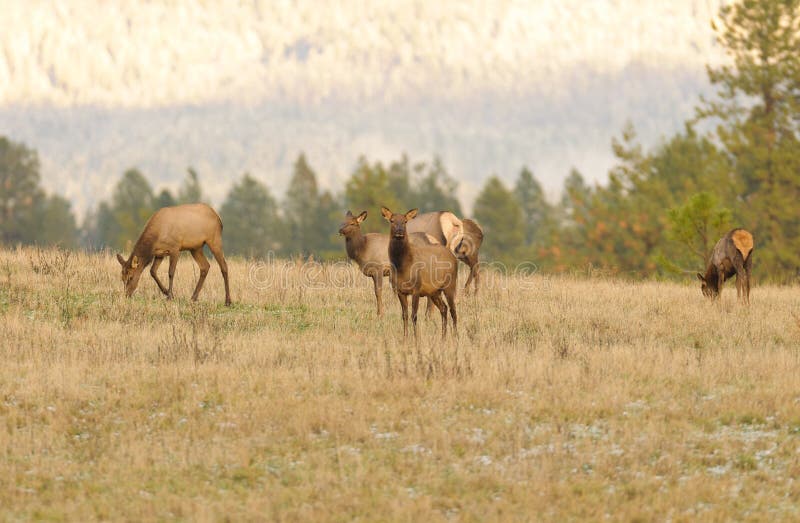

Elks that live in mountainous regions migrate to areas of higher altitude in springtime, following retreating snows and then to lower altitudes in the autumn.ĭuring the winter, they prefer wooded areas and sheltered valleys for protection from the wind and availability of tree bark to eat. During winter, males and females forage together.Īs with many deer species, elks migrate. As young bulls get older, they spend less time with the cow herds. An older cow usually leads the summer herd. During spring and summer, herds of cows and their calves usually graze separately from the bulls. Mature elks remain in male or female herds for most of the year. Female elks stand 4 – 4.5 feet (1.3 metres) at the shoulder, measure 6.5 feet (2 metres) from nose to tail and weigh an average of 225 kilograms (500 pounds). Male elks stand around 5 feet (1.5 metres) tall at the shoulder, measure 8 feet (2.5 metres) in length and weigh 320 kilograms (700 pounds). Mature male elks are around 25% larger than female elks. The velvet is shed in the summer when the antlers have fully developed.
#PICTURE OF FEMALE ELK SKIN#
While actively growing, the antlers are covered with and protected by a soft layer of highly vascularised skin known as ‘velvet’.īlood pumping through the veins in the velvet on a bulls antlers cools before it returns to the heart to help keep the animal cool. Antlers can reach a length of 4 feet (1.2 metres) and weigh as much as 18 kilograms (40 pounds).Īntlers are made of bone and can grow at a rate of 1 inch per day. Males elks have very large antlers which begin to grow in the spring and are shed every winter.


 0 kommentar(er)
0 kommentar(er)
